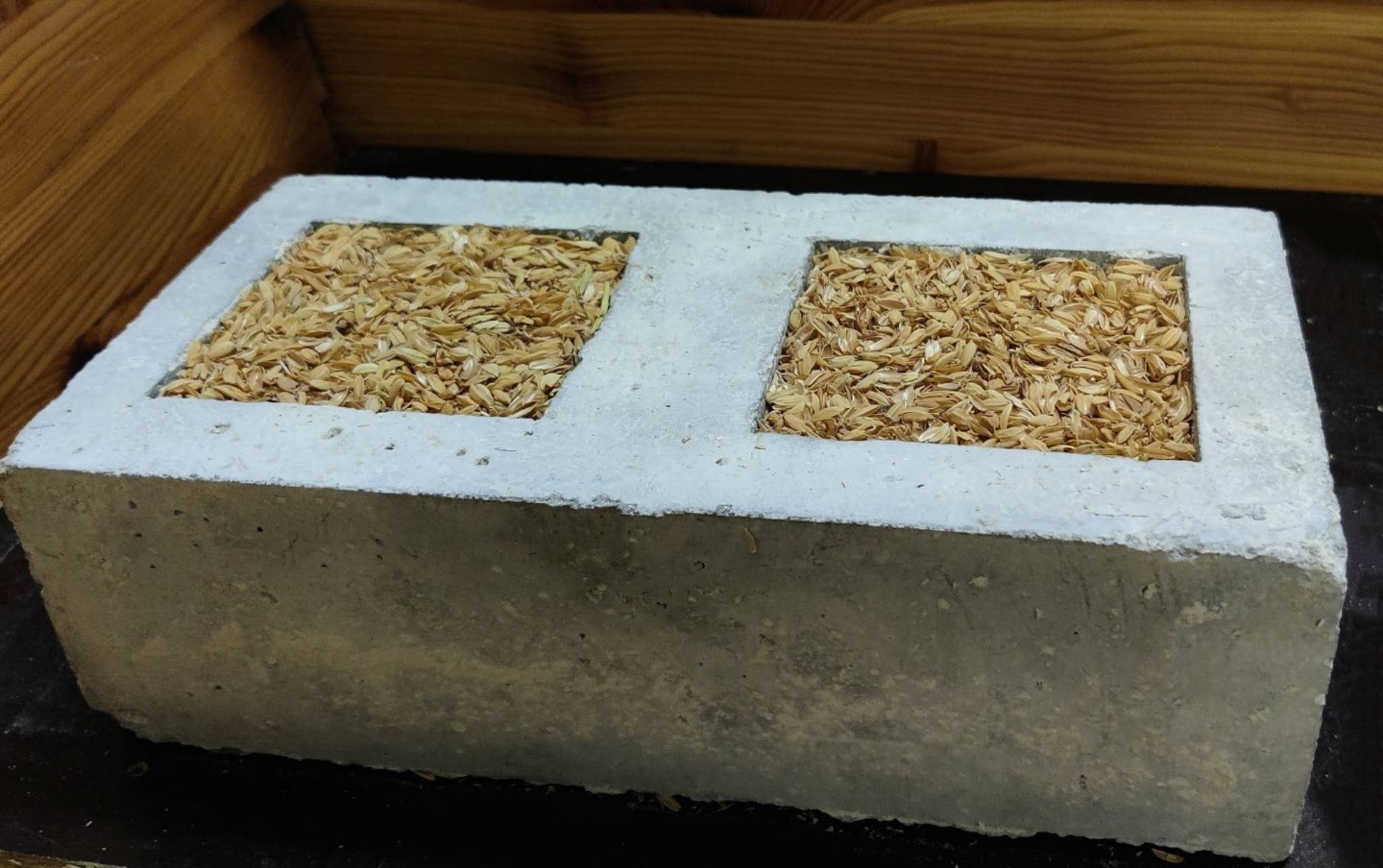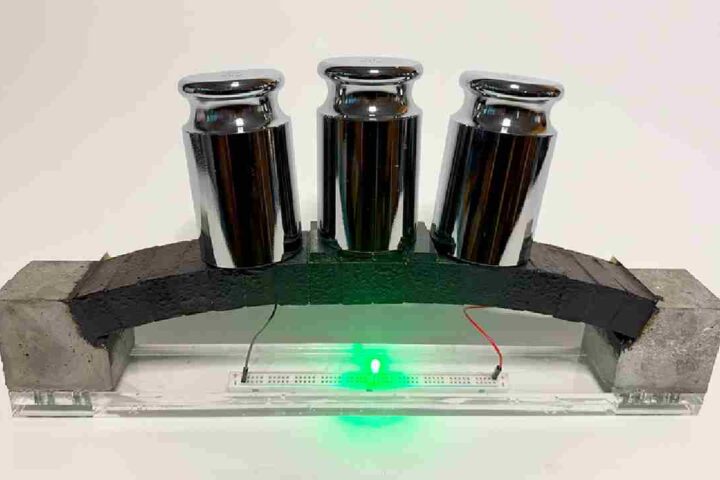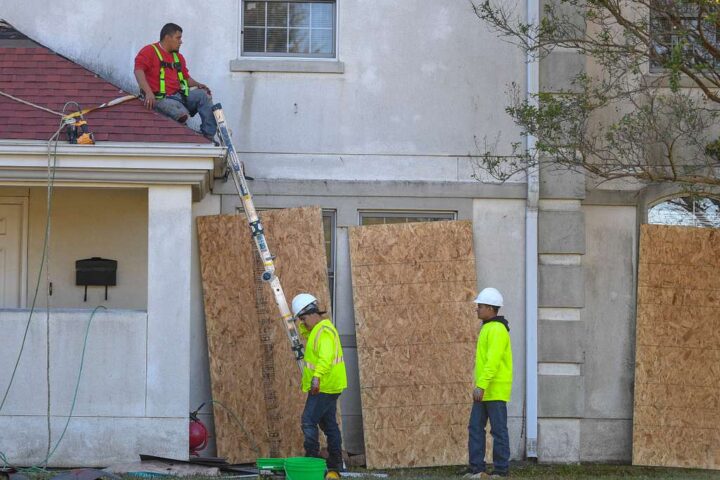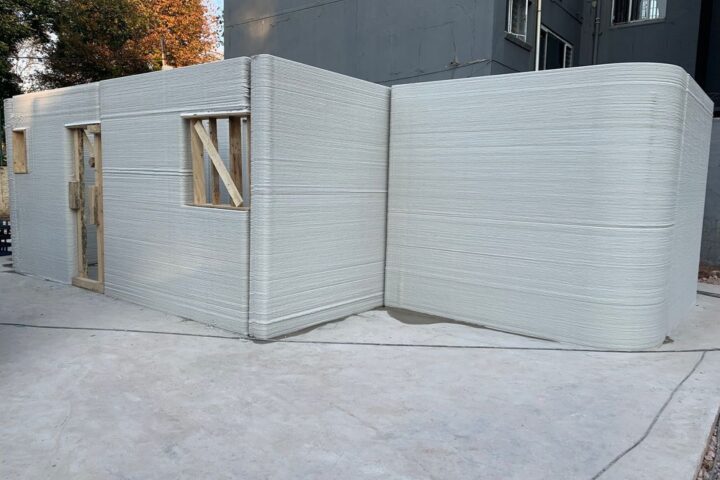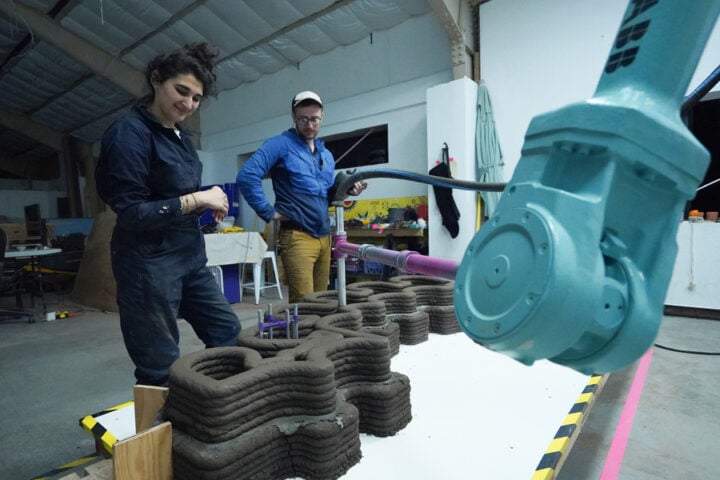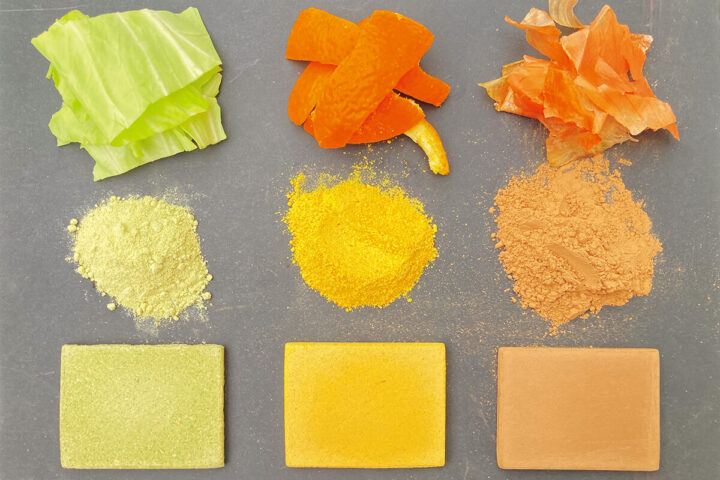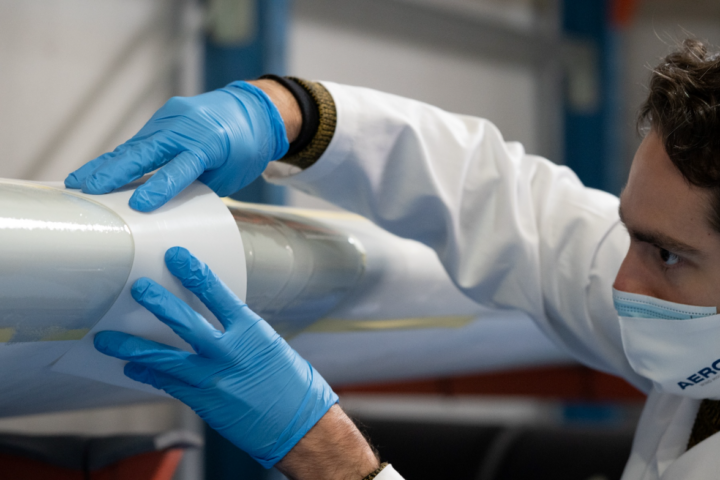The ReMatBuilt project, launched by the Fraunhofer Institute for Wood Research, Wilhelm-Klauditz-Institut, WKI, and their partners, is upcycling construction and other residues to create sustainable building materials. This initiative pushes through an environmental approach in the construction industry.
Environmental-Friendly Innovation in Sustainable Construction Practices
Professor Libo Yan and his team from the Fraunhofer WKI are developing high-performance and sustainable construction materials using not just demolition waste but also plant-based production waste. This combination makes the ReMatBuilt project highly versatile. “The idea of recycling construction materials and experimenting with alternative materials from nature is not new. What makes our project unique is its holistic approach,” project manager Prof. Libo Yan said.
The construction world over contributed just above 35% of the global emissions in 2022. Annually, more than 10 billion tons of construction and demolition waste are produced around the world, from construction, demolition, and land excavation activities. All these critical factors are effects of population growth and infrastructure demands. The ReMatBuilt project hits the nerve points to mitigate the environmental negative effects caused by global construction activities.
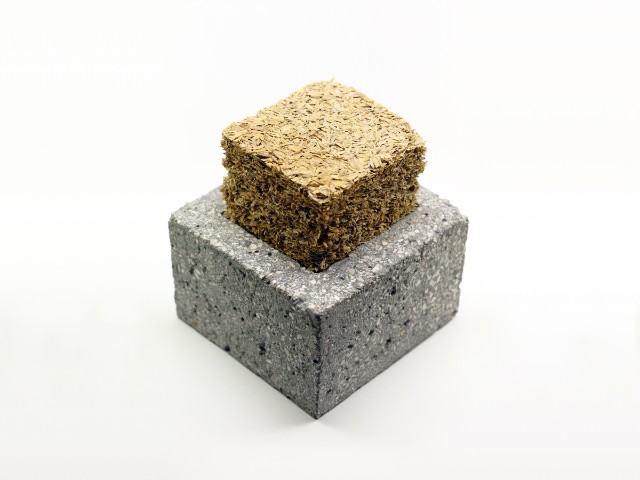
“By recycling and reusing construction and demolition wastes as well as plant-based residues and products from agricultural and forestry industries, the project reduces the need for new raw materials,” Prof. Libo Yan and his team explained to Karmactive in a mail.
“Additionally, repurposing construction wastes reduces landfill debris, and utilizing agricultural wastes minimizes the need for burning them in the fields,” the team asserted. This, in turn, contributes to reduced contamination of soil and water, decreasing air pollution, and associated health impacts. “Utilizing recycled materials typically requires less energy than producing new materials, leading to a reduction in greenhouse gas emissions and overall carbon footprint,” the researchers reiterated to Karmactive.
ReMatBuilt Concept versus Traditional Construction
Adoption of a circular economy is essential, currently considering the global climate goals. A study found that a 75% reduction in the construction and demolition wastes piling in landfills can reduce the environmental burden by 35%.
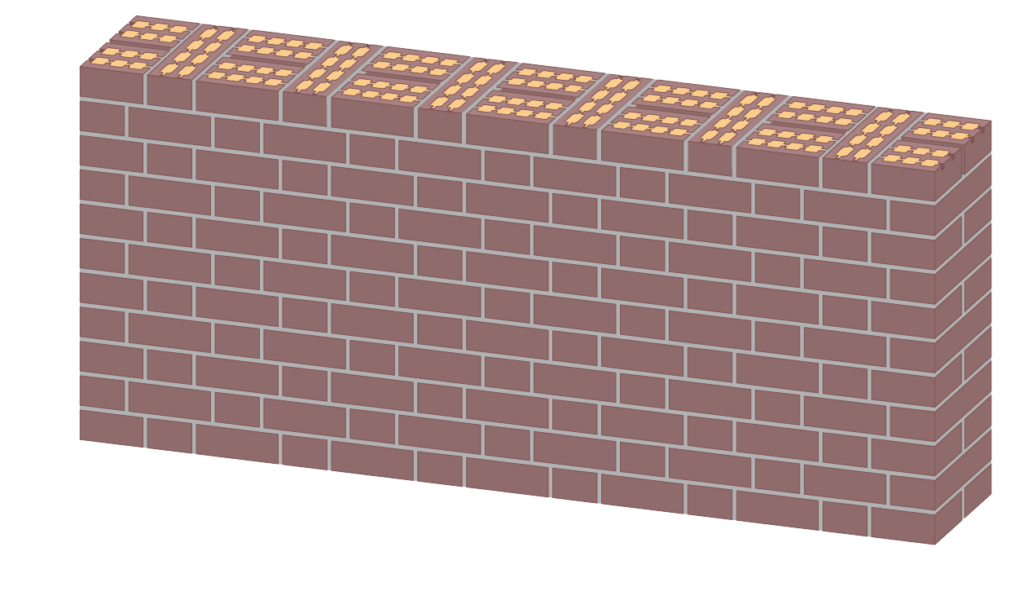
Similar Posts
“The main points from the ReMatBuilt project include utilizing recycled materials, improving energy efficiency, and encouraging green building practices,” the ReMatBuilt team told Karmactive. “Practices that reduce waste by reusing and recycling materials need to be implemented. This not only conserves resources but also reduces disposal costs. By embracing these key takeaways, individuals and smaller companies can significantly contribute to environmental conservation while also reaping economic and social benefits,” they added.
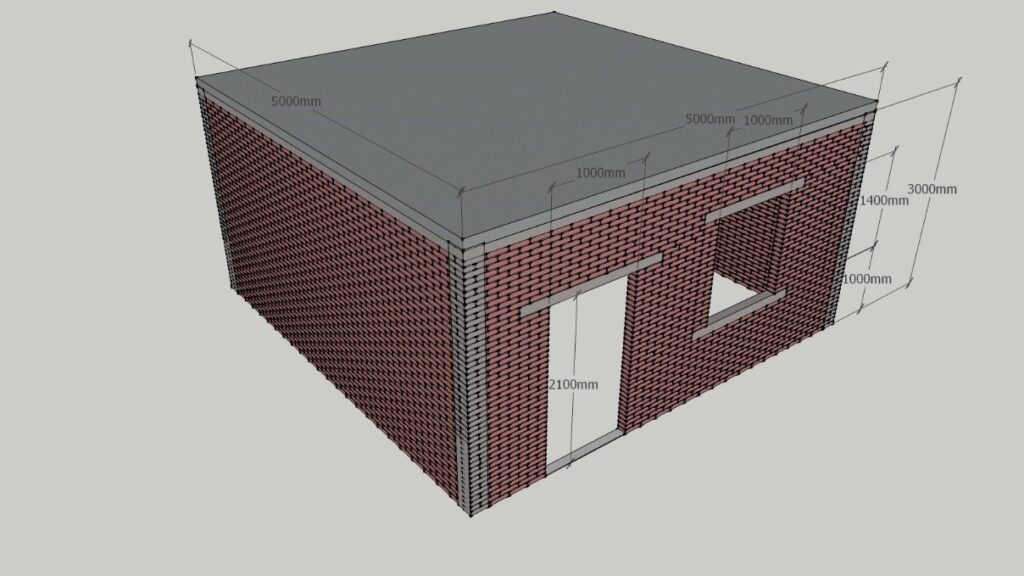
Traditional concrete requires gravel, a finite source that needs consistent sourcing, often from longer distances. Extraction of this source often causes habitat degradation. However, construction rubble, plant-based sources like wood, agricultural waste, and natural fibers like flax are easier to source. Binding agents used for conventional cements, like limestone, clay, and quartz sand are responsible for considerable carbon emissions during production. Whereas Prof. Yan and his team have found ways around this issue as well. “Rice is the most common food in the world. Its husks have hardly ever been used. We have found out that the rice husk ash that is produced by a special combustion process is optimally suited as a cement substitute,” they explained. According to the Fraunhofer Institute, the test results suggest that the recycled cement not only excels at saving resources but the manufactured products are lighter than the traditional ones, with additional strength, durability, as well as heat and sound insulation.
The team is also working on insulation materials, using plant-based waste products such as sawdust, rice, and wheat straws. Traditionally, manufacturing insulating materials require crude-oil-based plastic, mineral and glass wool, or wood fibers.
Practical Applications of ReMatBuilt Project and Societal Impact
Prof. Yan and his team believe that ReMatBuilt materials and methods can be used for various construction needs. “Using recycled or repurposed materials for landscaping projects in gardens and yards, where recycled concrete can be used for garden pathways, and reclaimed wood can be used for building garden beds or fences,” they told Karmactive. They even insist on “choosing insulation made from recycled materials, such as cellulose insulation made from recycled paper or recycled straws if available.”
As gradual adoption of the circular economy continues, the ReMatBuilt team suggests that recycling and repurposing of construction materials will even create new job roles in material collection, processing, and distribution. “Skilled labors are required for the development and implementation of new technologies, leading to job creation in research, engineering, and technical fields,” they told Karmactive. “As the project emphasizes sustainable practices, it will spur the growth of green jobs, which are crucial for the transition to a more sustainable economy. Employment in sectors such as renewable energy, waste management, and environmental protection is likely to increase,” they add.
Prof. Yan’s team also encourages individuals and small companies to take advantage of these available concepts and “significantly contribute to environmental conservation while also reaping economic and social benefits.”
The ReMatBuilt team also presents their project’s potential to contribute and help in the reconstruction of war-torn regions. “It is horrible, but huge amounts of construction rubble are produced there every day,” said Prof. Yan. The region-specific, abundantly available, agricultural residues could also be put to good use.
Taking ReMatBuilt into the Future and Beyond
It has been very satisfying for the team to witness the real advantages of developing and applying sustainable building solutions. “Knowing that our work helps reduce waste, lower carbon footprints, and promote resource conservation is deeply fulfilling,” the ReMatBuilt team told Karmactive. Working with experts, academics, and regional stakeholders that share the same enthusiasm for sustainability was one of the highlights.
Prof. Yan and his team faced challenges while establishing stable and efficient supply chains for recycled materials. “Coordinating between various stakeholders and ensuring a steady supply of materials has required meticulous planning and management,” the team explained. Additionally, the team also continued raising public awareness about the benefits of sustainable construction and overcoming misconceptions has been a continual effort. “Educating the public and stakeholders about the importance and feasibility of sustainable practices is crucial but can be slow and requires persistent effort,” they told Karmactive.
The ReMatBuilt team believes that new guidelines for environmentally friendly building practices will be developed, mandating compliance with eco-friendly procedures and supplies. Sustained innovation will result in the creation of novel eco-friendly building materials and technologies, therefore augmenting the industry’s sustainability and efficiency. “There will be increased availability of funding and grants for projects that incorporate sustainable practices, encouraging more companies to adopt these methods,” they concluded.
